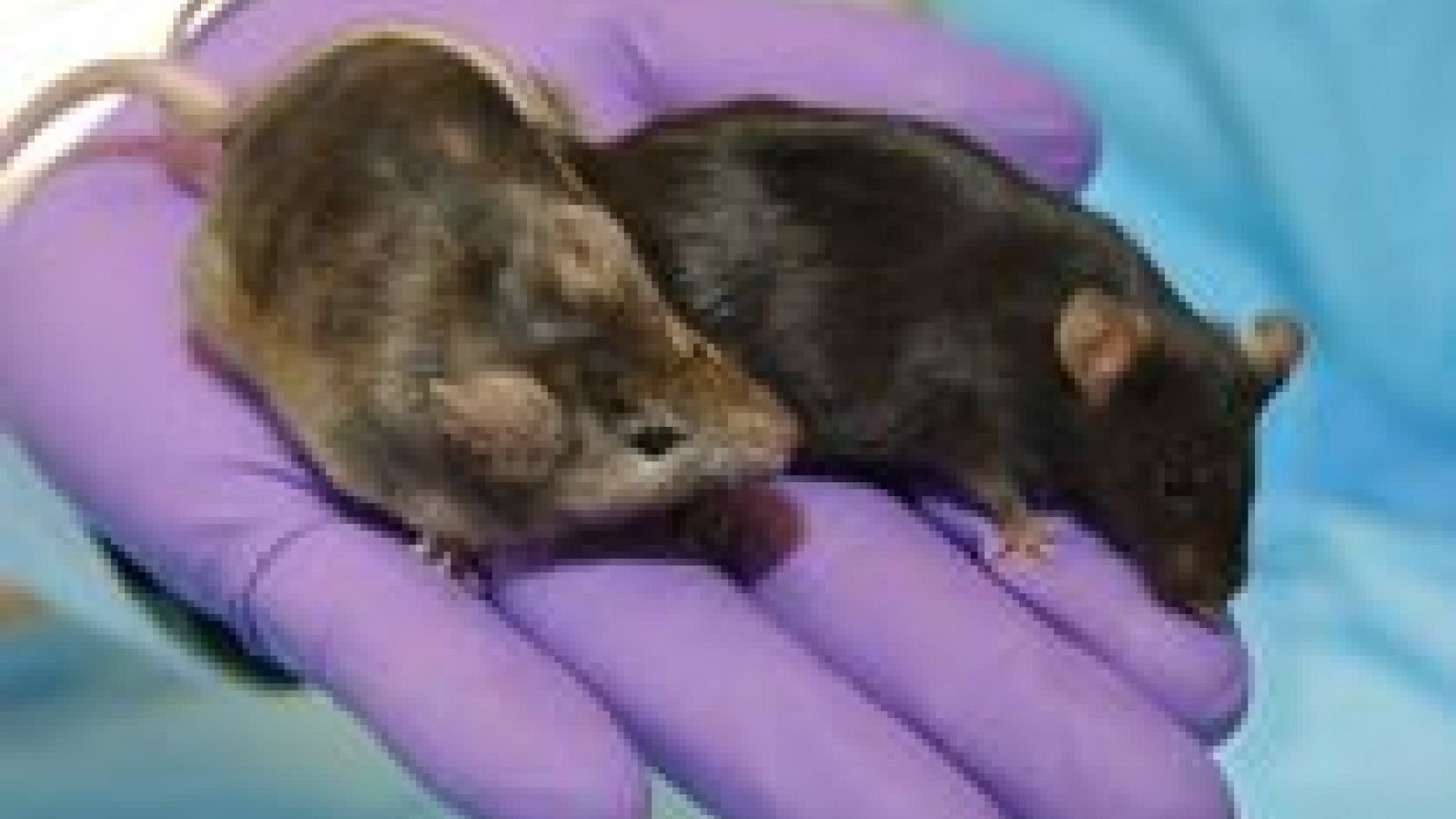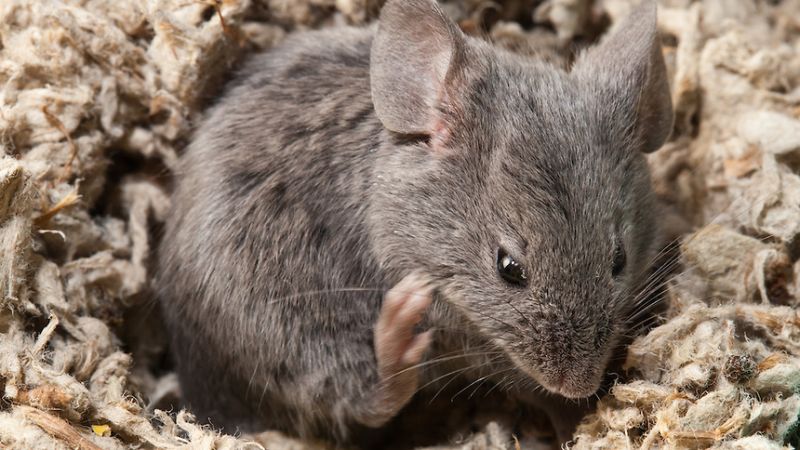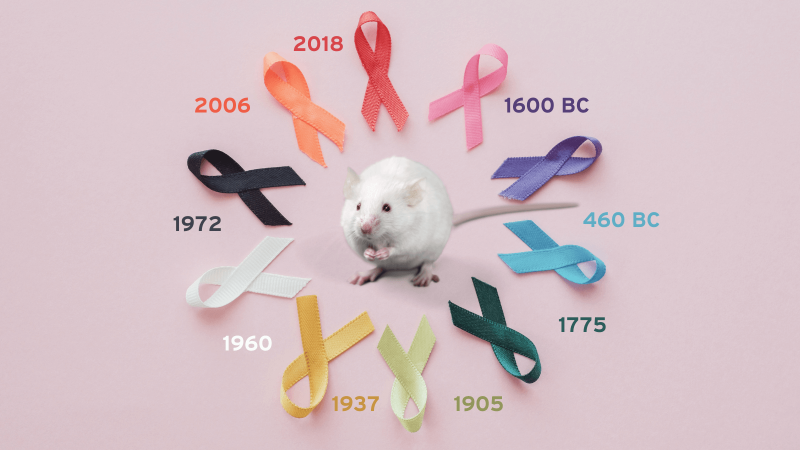
 A gene essential for the development of a rare form of childhood skin cancer has been identified. The gene, which when turned off prevents the formation of tumours in mice, could be a target for future anti-cancer therapies.
A gene essential for the development of a rare form of childhood skin cancer has been identified. The gene, which when turned off prevents the formation of tumours in mice, could be a target for future anti-cancer therapies.
Giant congenital naevi are dark-coloured growths, a bit like a mole, found on the skin of some babies at birth. They frequently lead to melanoma, the most aggressive skin cancer. When scientists measured gene activity in tumour biopsies taken from patients they found that a gene called Sox10 was unusually and consistently active in the samples. The gene is known to function during embryo development as stem cells give rise to new tissues, including the skin. But it should be switched off once the tissue is formed. It appears that Sox10 remains active in congenital naevi, giving it the ability to continue to grow. Uncontrolled growth is essentially cancer.
Suspecting that the gene might be the essential key to melanoma development, the research team used a technique to turn off the gene in mice predisposed to develop congenital naevi and skin cancer. With the gene disabled the mice did not develop melanomas.
The incidence of giant congenital naevi is 1 in 20,000 births. With the gene responsible and its role identified scientists can begin looking for ways to inactivate it in people to prevent the skin abnormality developing into cancer.
Last edited: 11 March 2022 15:12



